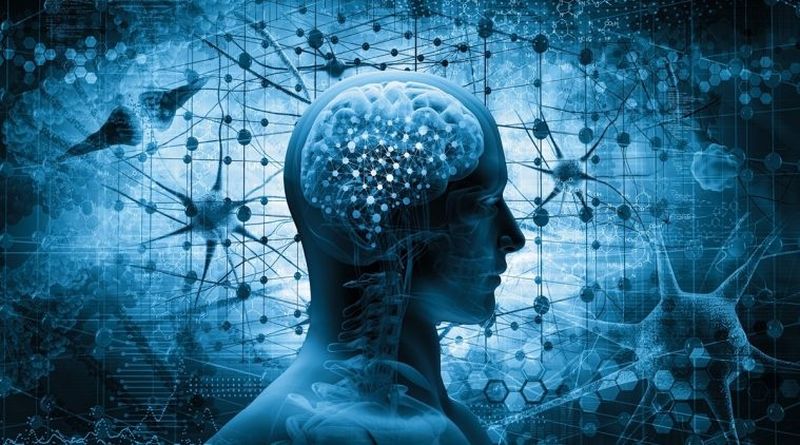By: Dr Vipul Gupta
Brain stroke is the 2nd leading cause of mortality and the leading cause of long-term disability. While timely treatment can greatly reduce the damage caused, it is important for the patients to recognise the early symptoms and get to a hospital quickly.
When it comes to strokes, every minute matters. During each minute 2 million cells die. In a way during a stroke the patient keeps losing a part of oneself with each passing minute.
It is estimated that, in every 40 seconds someone suffers from stroke and a person dies of stroke in every four minutes globally. While 25% of the population will, at some point in their lives suffer from a stroke attack, physical activity is one of the best ways to prevent a stroke. People need to be aware that an active lifestyle has numerous health benefits, where prevention of stroke being one of them.
Every year an estimated 16 Lakh Indians suffer a brain stroke, with a mortality rate of over 6 lakhs, and out of those who survive, around 45% of them have to cope up with serious permanent impairment. Every fourth adult has a lifetime risk of having a stroke. Even though stroke is known as a disease of elderly and the risk doubles with increasing age, over 20-30% of all stroke cases in India occur in people under the age bracket of 45 years.
Nowadays we have modern methods of treating stroke in which very early treatment can stop the stroke in its tracks and can even reverse it. However, to be effective one has to do treat in first few golden hours after stroke. Neuro-interventional procedure of mechanical thrombectomy has become the main treatment for acute stroke. Large blood vessels which are blocked by a clot can be opened by this procedure which can help many patients can make miraculous recovery.
However, there are few hospitals who have dedicated team of neuro interventionists who can perform this procedure as soon as a patient reaches the hospital. To solve the issue approach of “drip and ship” is used to manage these patients.
In the peripheral hospital the clot dissolving injection is given (called as – DRIP) and then the patient is shifted to the stroke center (called as -SHIP) to perform the mechanical thrombectomy procedure which is very effective in occlusion of large blood vessels. Using this approach the patient receive the intravenous drug without the delay of transferring to another hospital. And they are able to receive the advanced mechanical thrombectomy treatment in the centers which focused on advanced stroke management. However, this requires close coordination and cooperation between the peripheral and central stroke teams. Artemis Agrim Institute of Neurosciences has developed network of peripheral stroke centers which manage stroke patients in close coordination with each other.
As soon as the stroke patients comes in and diagnosis is made by CT or MRI, the images are transferred to the Artemis stroke-neurointervention team which then coordinates injection of clot dissolving drugs followed by transfer to Artemis hospital for mechanical thrombectomy. Since the Artemis stroke team has already seen the images and they are aware of the patient condition and other medical details they are able to transfer the patient from the Artemis emergency to intervention lab very quickly and achieve the reopening of vessels in the shortest possible time.
The” Drip and Ship” method is particularly important in a country like ours in which advanced facilities are not readily available but coordination between peripheral and major hospitals can still help in giving best possible treatment to this these patients. In the Stroke Unit a team of doctors including neurointervention team is available round the clock. For fast treatment, teams of emergency physicians, stroke physicians, neurointervention and neurocritical care team co-ordinate to perform emergency treatment within the first few golden hours of stroke.
The writer is Chief of Neurointervention and Co-director of Stroke Unit at Artemis-Agrim Institute of Neurosciences, Artemis Hospital





